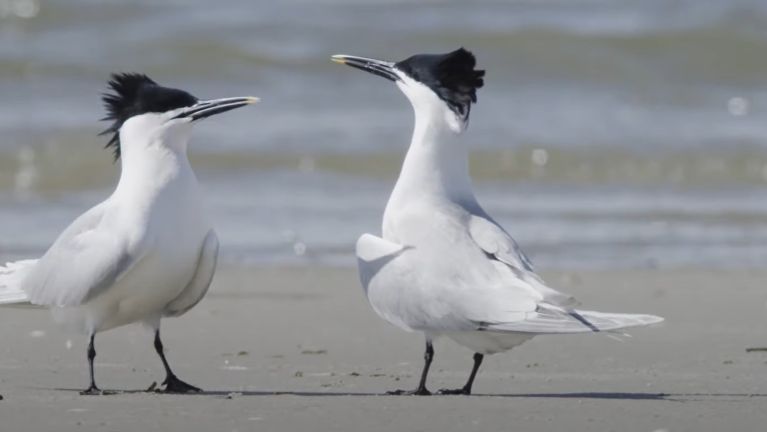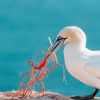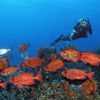World Heritage – the Wadden Sea
The action of the tides along the North Sea coast of Germany, the Netherlands and Denmark has created a unique natural landscape, the Wadden Sea.
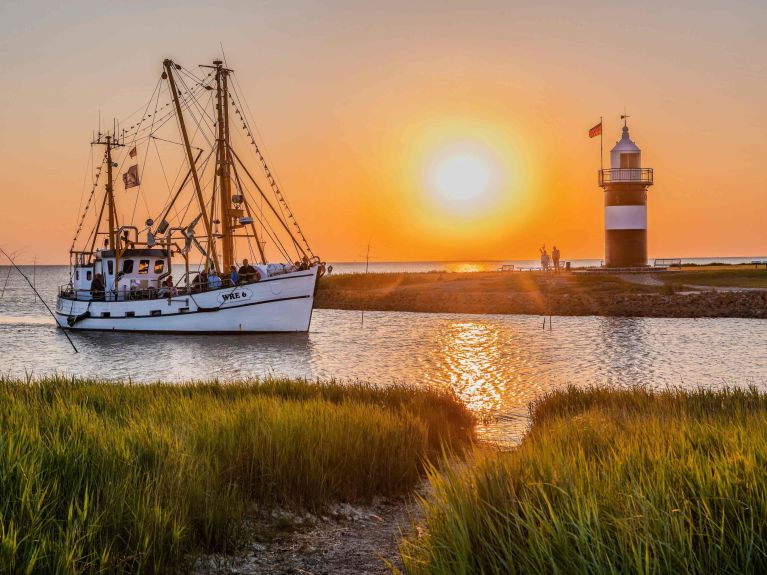
Every six hours the magical spectacle begins all over again: the ebb and flow of the tides in the shallow Wadden Sea demonstrate the powerful force of nature by uncovering an up to 30 kilometre section of the seabed twice a day. The tides give this unique coastal landscape a constantly changing face. In 2009, UNESCO declared the Dutch and German parts of the Wadden Sea a World Heritage site; five years later, the Danish part, the Vadehavet National Park, was added to this protected landscape spanning three countries.
Dieses YouTube-Video kann in einem neuen Tab abgespielt werden
YouTube öffnenThird party content
We use YouTube to embed content that may collect data about your activity. Please review the details and accept the service to see this content.
Open consent formThe Wadden Sea is also a unique habitat and the world’s largest ecosystem of its kind. It is one of three natural sites on the World Heritage List in Germany and one of two natural landscapes with World Heritage status in Germany, alongside the ancient beech forests scattered across various national parks (the third natural site in Germany is the unique Messel Pit Fossil Site). As such, the Wadden Sea is on an equal footing with other famous natural wonders of the world like the Grand Canyon in the USA, the Great Barrier Reef in Australia and the Galapagos Islands off the coast of Ecuador.
An area of approximately 10,000 square kilometres is home to exceptional species diversity with roughly 10,000 animals, plants and microorganisms – lugworms, grey seals, cockles and seagrass. Flora and fauna have to adapt to the constantly changing landscape and many species are found nowhere else. Additionally, every year ten to twelve million migratory birds rest in the Wadden Sea on their way from South Africa to northern Siberia or even Canada and search for food in the mudflats. Hidden under the seabed lies one of the special treasures of the Wadden Sea: up to 100,000 small animals live in one cubic metre of water, mud and sand – frequently well-camouflaged and unrecognisable at first glance.
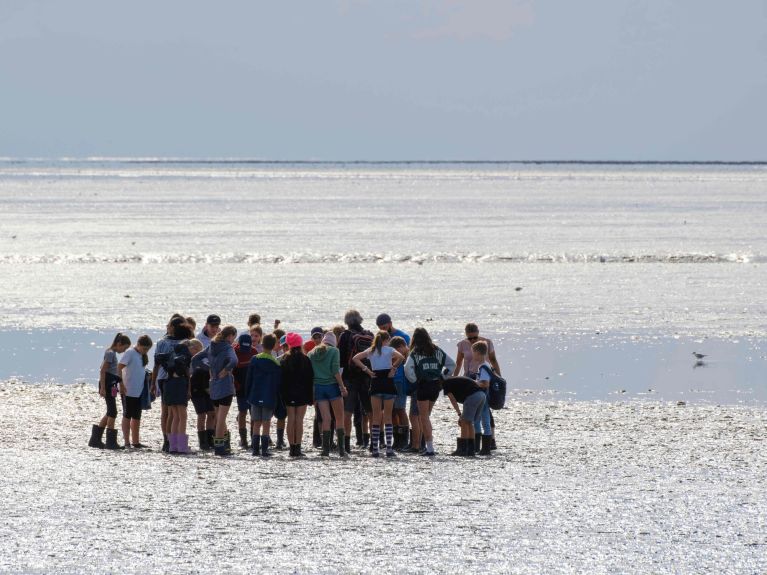
The Wadden Sea and the people who visit it
Black silt, salty air, white sand dunes – and colourful wicker beach chairs: the Wadden Sea is not only an ecological treasure trove, but also a popular tourist destination. The new World Heritage site, which includes the five North Frisian and seven East Frisian islands, has a lot to offer tourists. Every year, millions of holidaymakers come for a few hours, days or weeks to the more than 450 kilometre-long coastline. Many of them want to feel the sand or the mud of the seabed between their toes and walk through the mudflats at low tide with their trousers rolled up. Others take carriage rides or excursions by ship. Along the coast and on the islands, numerous information centres and nature trails in the national parks give insights into the fascinating world of the Wadden Sea – a public education campaign that combines tourism with nature conservation and creates greater understanding of this unique coastal oasis of life.
